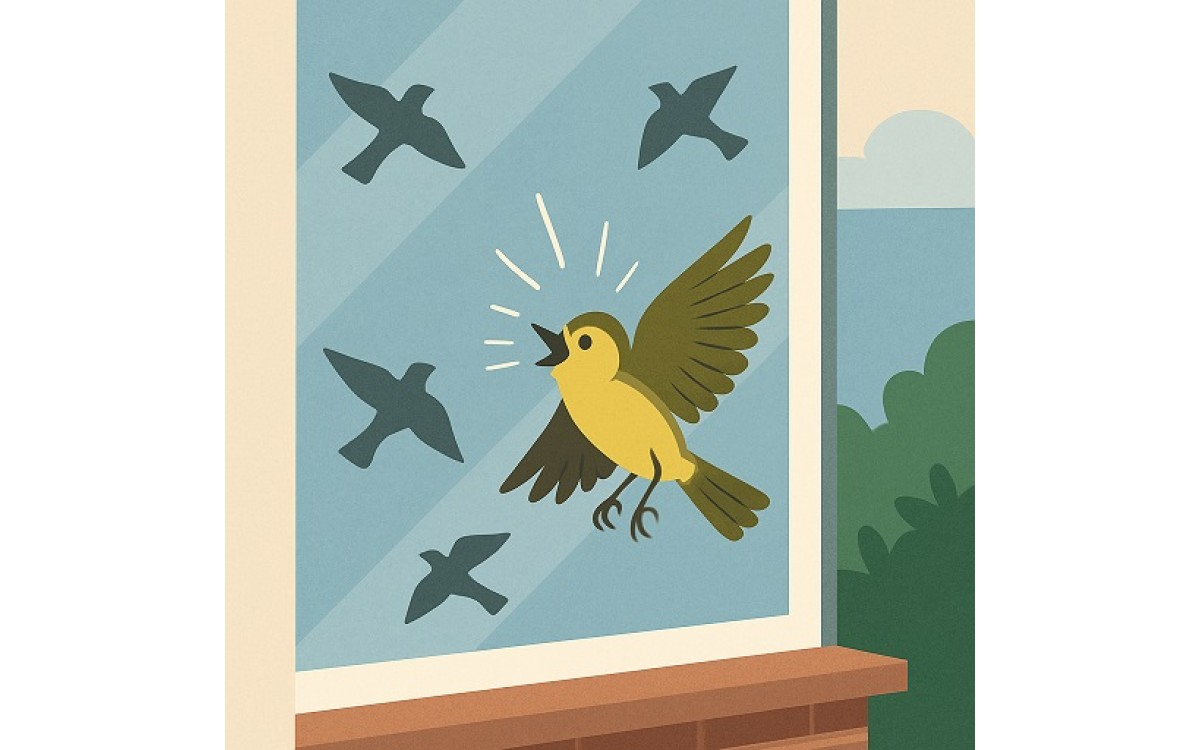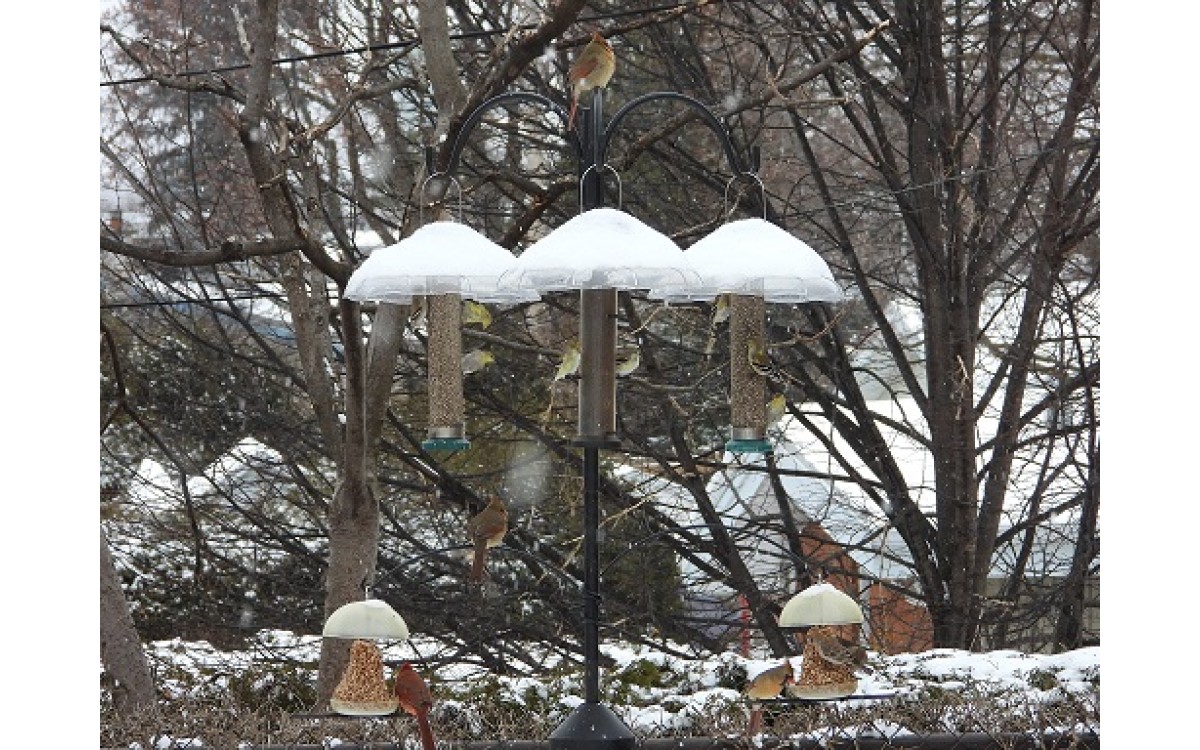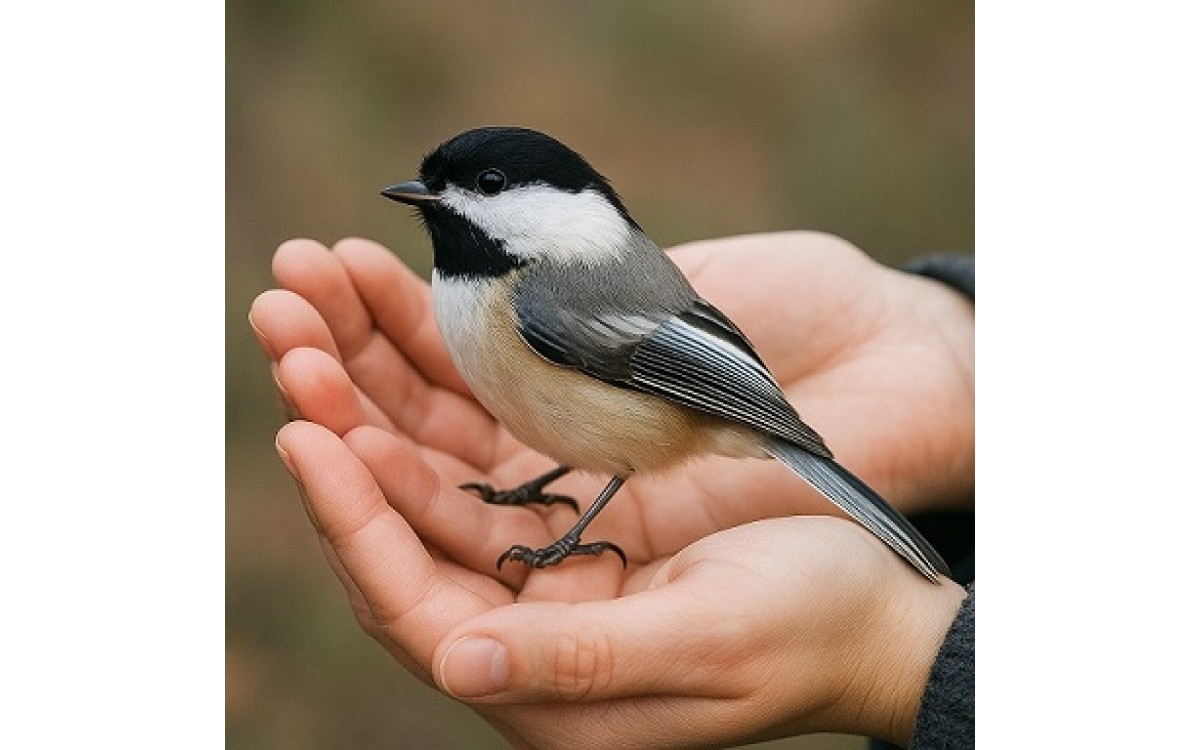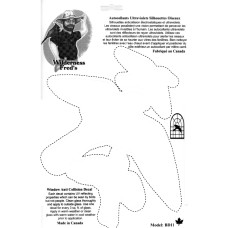Have you ever accidentally walked into a patio door? The surprise, the pain, maybe even a bit of embarrassment… Now imagine what a small bird feels when it crashes at full speed into a window.
Each year, hundreds of millions of birds die worldwide after colliding with windows. Even if a bird seems fine and flies away afterward, the odds are grim : around 50% die later from internal injuries or brain hemorrhaging. And the problem worsens significantly during migration seasons.
Why do birds fly into windows?
To us, a window is visible. But to a bird, it’s an invisible illusion. Glass reflects the sky and trees, making it look like a safe path forward. Birds also see the world very differently from humans, which makes them especially vulnerable to these kinds of visual traps.
What can we do to prevent these tragedies?
Fortunately, a few simple changes
can save the lives of many birds. Here are some effective solutions:
- Use opaque, tinted,
or UV-patterned glass:
Some specialty windows have patterns birds can see (without affecting your view). - Install curtains or
blinds:
These reduce reflections and make glass more visible. - Apply decals or
infrared silhouettes:
Available in our shop, these must cover most of the window surface to be effective. One or two stickers are not enough. - Place feeders within
1 meter (3 feet) of windows:
This may seem counterintuitive, but if a startled bird flies off from that short distance, it won’t build up enough speed to injure itself badly. - Avoid placing indoor
plants near windows:
Birds may try to reach them, mistaking them for real outdoor shelter. - Use patterned window
films:
These decorative or functional films break up reflections while still allowing light to pass through.
A small effort, a big impact
Not all of these solutions are equally easy or stylish, but even implementing just a few can make a big difference. Making your windows bird-friendly could save dozens of lives over time.
Let’s act together to reduce bird mortality caused by our
homes.
Every little effort adds up.






-228x228.jpg)